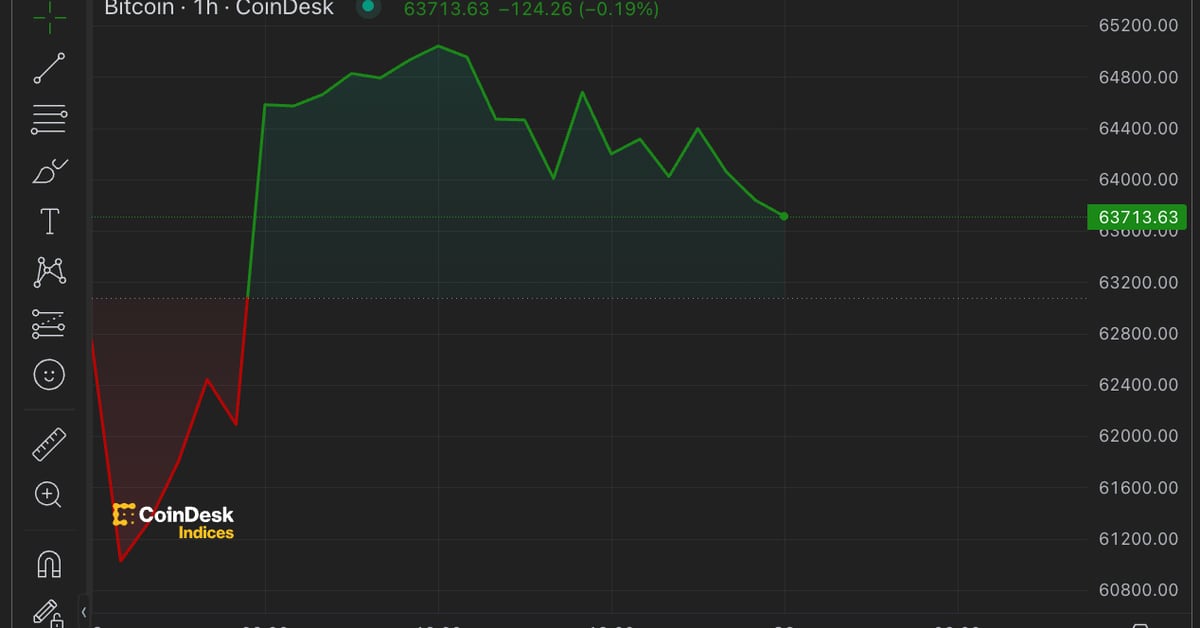Avalanche, an Ethereum-rivaling smart contract blockchain, is adding a native version of USDC – the stablecoin backed by cash and liquid cash equivalents that is administered by Boston-based Circle.
Bringing USDC to Avalanche should further grease the wheels of decentralized finance (DeFi) on the network, following a recently announced $200 million incubation fund for DeFi projects of various stripes. Robust stablecoin options are seen as table stakes for any emerging base layer looking to rival Ethereum for functionality.
Up until now, users have had to bridge USDC from Ethereum over to Avalanche.
“This is kind of convoluted,” said Ava Labs President John Wu in an interview. “Going forward, this partnership allows native USDC to be minted and printed right on Avalanche, which will save users costs and the headache of buying and selling.”
Wu said the addition of native USDC to Avalanche will likely “turbocharge” the amount of DeFi already happening on the network. He pointed out that there is around $1.3 billion passing across the USDC bridge to Avalanche, which is more than the amount being bridged across tether (USDT), currently the highest-volume stablecoin in circulation.
“On Avalanche, the use of USDC is higher than that of USDT,” Wu said. “Although USDT’s market cap is bigger, USDC is probably the one that a lot of U.S.-based people trust more.”
USDC’s multi-chain push
Avalanche will be the seventh blockchain to incorporate Circle’s USDC, joining Hedera, Tron, Ethereum, Algorand, Stellar and Solana. Earlier this year, Circle announced plans to expand USDC to about 10 more networks.
Circle VP of Product Joao Reginatto said he was excited to see USDC integrate with Avalanche, which already has significant traction in DeFi and ranks in the top five chains in terms of total value locked (TVL).
Read more: AVAX’s Ava Labs Among Startups Chosen for Mastercard’s Crypto Accelerator
In terms of a bump in volume experienced by chains that add USDC, Reginatto said it typically takes a transition period to get everything working, as well as getting market makers on board and supply circulating.
“As we’ve observed in the past, there’s never an immediate impact,” Reginatto said in an interview. “There’s a meaningful lag since it’s a new asset and the ecosystem always needs to make adjustments, and typically it takes a number of months until things kick into gear.”
Source link


